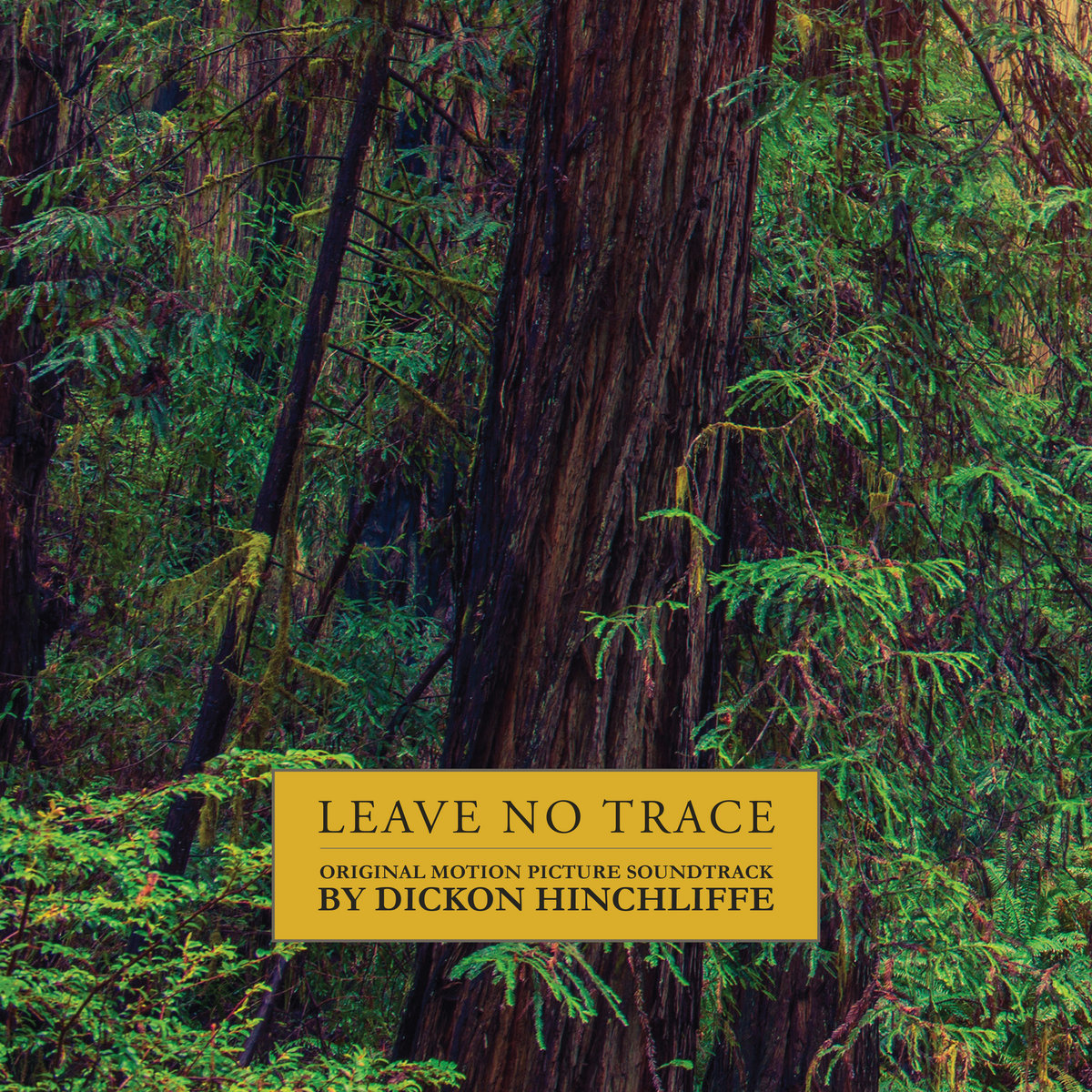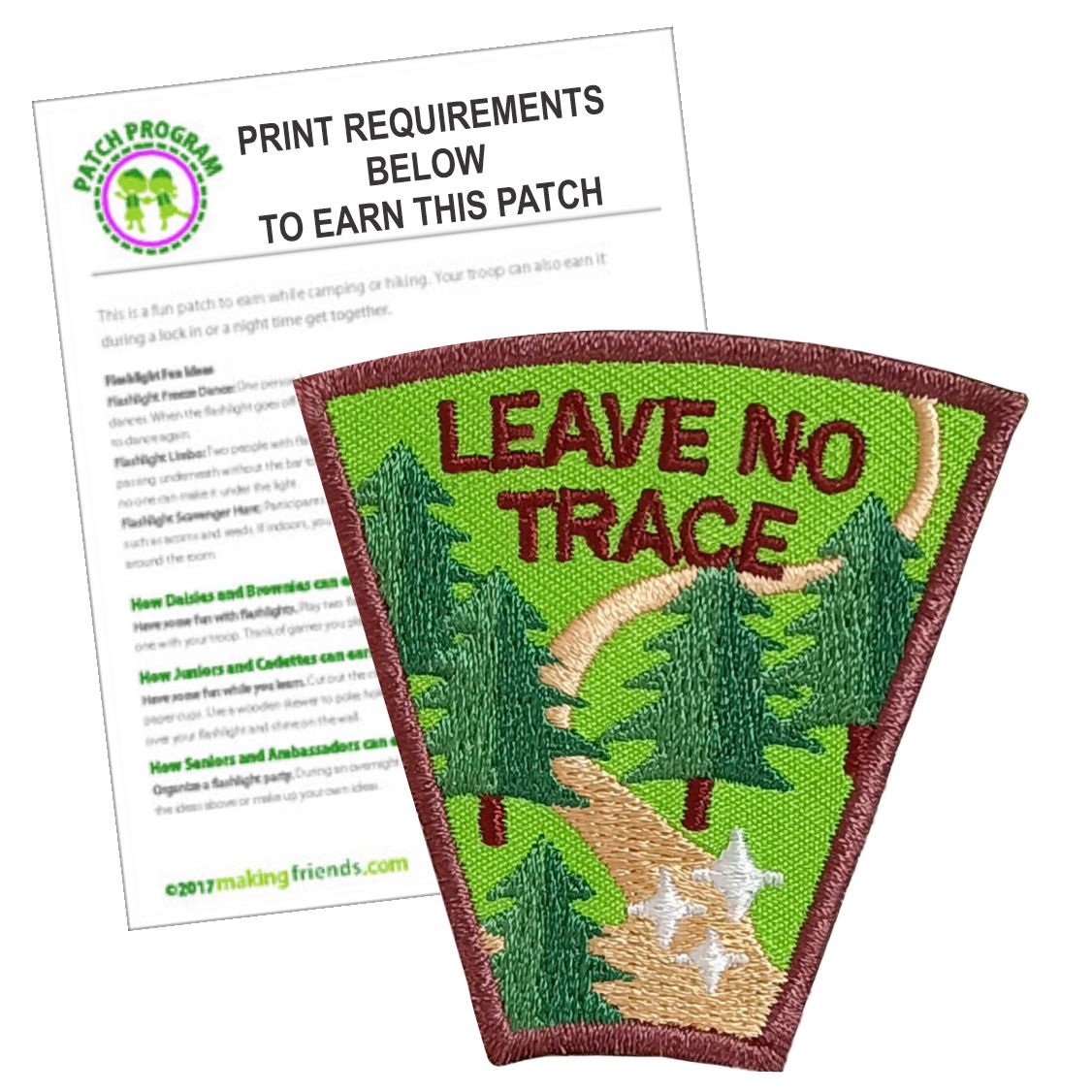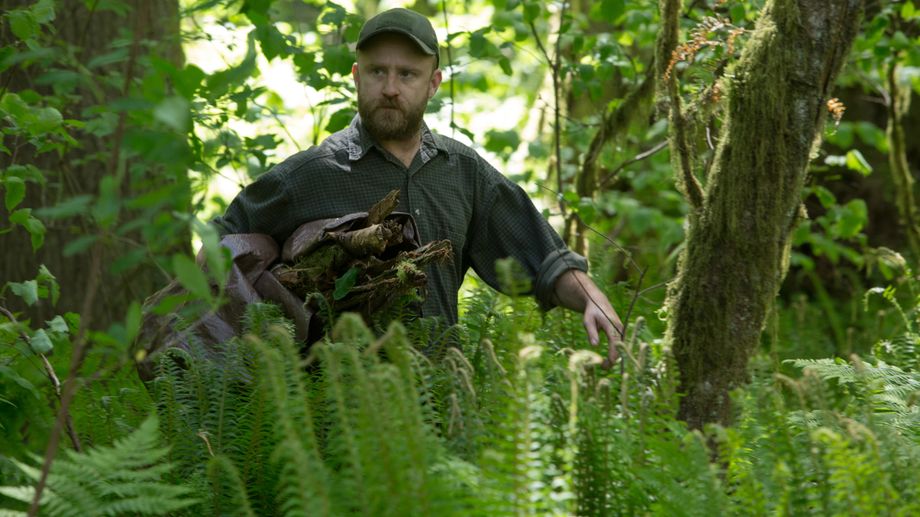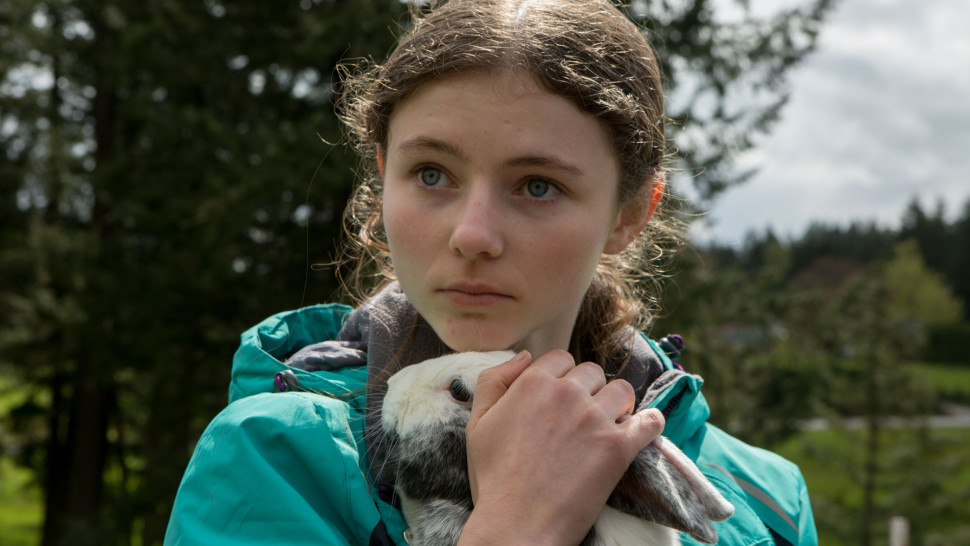Leave No Trace Principles for Horse Riders

Horseback riding is a wonderful way to connect with nature, but it also comes with the responsibility to protect the environment. The Leave No Trace (LNT) principles help horse riders minimize their impact on natural areas, ensuring these spaces remain pristine for future generations. This article explores these principles in detail, offering practical advice for riders.
What Are Leave No Trace Principles?

Leave No Trace is a set of seven ethical guidelines designed to promote conservation and responsible outdoor recreation. For horse riders, these principles emphasize minimizing environmental damage caused by horses and riders alike.
| Principle Number | Principle Name | Description |
|---|---|---|
| 1 | Plan Ahead and Prepare | Research trails, understand regulations, and prepare for weather and emergencies. |
| 2 | Travel and Camp on Durable Surfaces | Use established trails and campsites to avoid damaging vegetation and soil. |
| 3 | Dispose of Waste Properly | Pack out all trash and manure; use designated disposal areas. |
| 4 | Leave What You Find | Preserve natural and cultural features; avoid picking plants or disturbing wildlife. |
| 5 | Minimize Campfire Impact | Use portable stoves instead of campfires; if fires are allowed, keep them small and controlled. |
| 6 | Respect Wildlife | Observe animals from a distance; do not feed or approach them. |
| 7 | Be Considerate of Other Visitors | Yield to other trail users and keep noise levels low. |
Specific Tips for Horse Riders

- Trail Selection: Choose trails that are designated for horses to prevent erosion and habitat destruction.
- Manure Management: Remove horse manure from trails and campsites to prevent the spread of invasive species and maintain trail cleanliness.
- Water Crossings: Cross streams at designated points to avoid bank erosion and water contamination.
- Tack and Equipment: Use equipment that minimizes damage to trails and vegetation.
Why Leave No Trace Matters for Horse Riders
Horses can have a significant impact on natural environments, including soil compaction, vegetation damage, and water pollution. By following LNT principles, riders help maintain biodiversity, protect water quality, and ensure that trails remain accessible and enjoyable.
Frequently Asked Questions (FAQ)
Q1: Can I ride my horse anywhere in a national park?
A1: No, many parks have specific trails designated for horses to protect sensitive areas. Always check local regulations.
Q2: How do I properly dispose of horse manure on trails?
A2: Pack out manure when possible or deposit it in designated areas to prevent environmental harm.
Q3: What should I do if I encounter wildlife while riding?
A3: Keep a safe distance, avoid sudden movements, and do not feed the animals.
Q4: Are campfires allowed when camping with horses?
A4: This depends on the area. Use portable stoves when possible and follow local fire regulations.
Summary
By embracing the Leave No Trace principles, horse riders can enjoy nature responsibly and help preserve the environment. Planning ahead, respecting wildlife, managing waste, and staying on durable surfaces are key to minimizing impact. Together, we can ensure that trails remain beautiful and sustainable for all users.
Feel free to share this guide with fellow riders and outdoor enthusiasts to promote responsible horseback riding practices!
